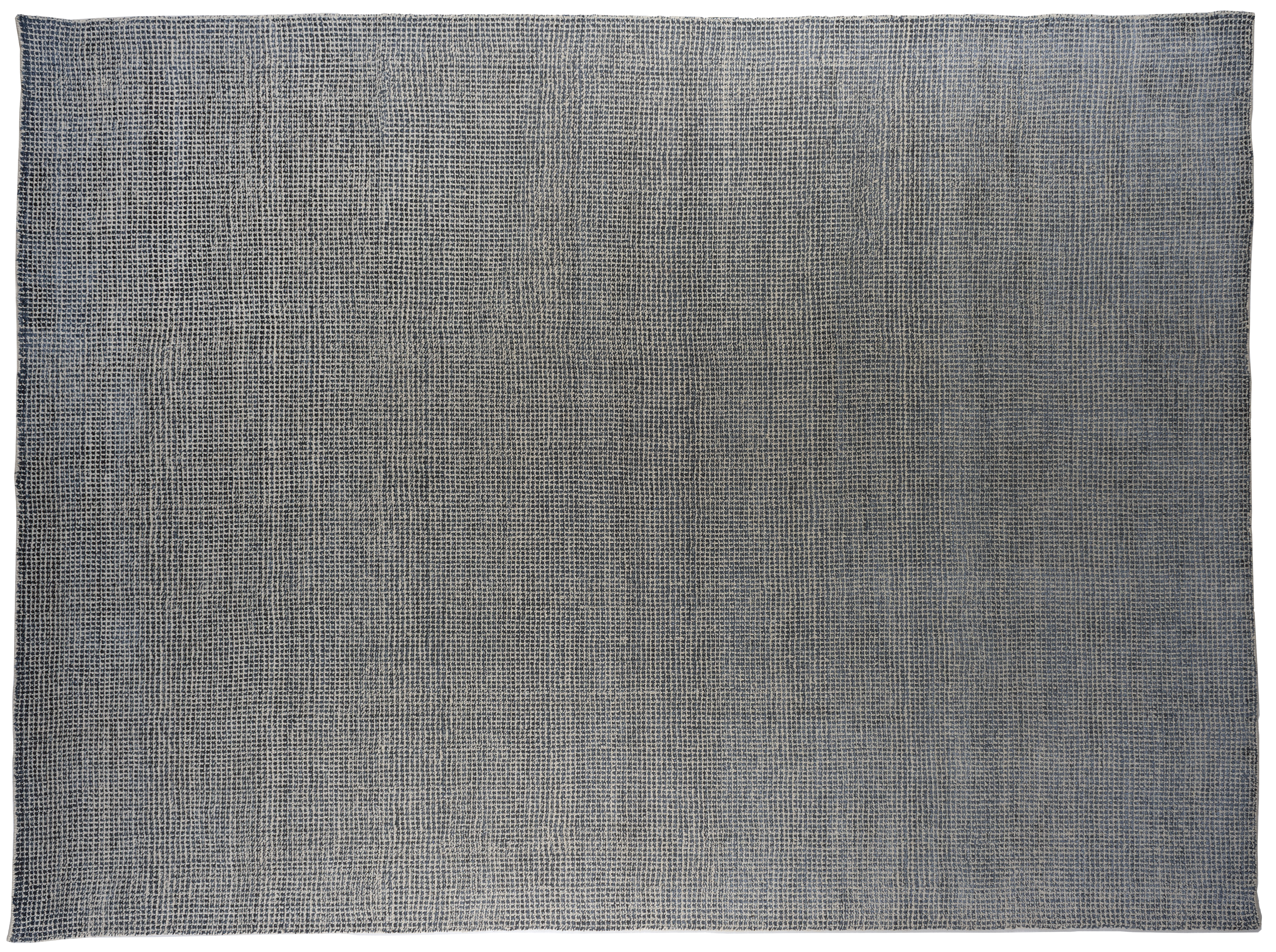Rug Number: 6200010
Country
: Pakistan
Rug#
: 6200010
Rug Size
: 9' 0" x 11' 10"
Material
: Wool, bamboo, silk
Construction
:
Design
: Tabriz
Primary Color
: gray
Secondary Color
:
Tabriz
Origin: Tabriz, one of the oldest rug-weaving centers in the world, has a rich history of producing some of the finest Persian rugs. The city has been a major hub for rug production and trade for centuries.Design: Tabriz rugs are known for their detailed and elaborate designs. Common patterns include: Medallion: Central medallions surrounded by intricate floral motifs. Herati: A repeating design with a diamond and rosette pattern. Mahi (Fish): Featuring a repeating pattern of fish motifs. Pictorial: Depicting scenes from Persian mythology, poetry, or landscapes. Geometric: Less common but still found, often featuring symmetrical shapes and lines.
Colors: Tabriz rugs typically feature a rich and diverse color palette, including reds, blues, creams, golds, and greens. The dyes used are often natural, providing vibrant yet harmonious colors that enhance the intricate designs.
Materials: These rugs are usually made from high-quality wool, but silk and cotton are also commonly used. Silk is often used for highlights or in higher-end rugs to add a luxurious sheen and fine detail.
Construction: Tabriz rugs are hand-knotted with a high knot density, ranging from 120 to over 800 knots per square inch (KPSI). The higher knot density allows for more detailed and intricate designs. The foundation is typically made of cotton, while the pile is made of wool or silk.
Knotting Technique: Tabriz weavers use the Turkish (or symmetrical) knot, which contributes to the rug's durability and ability to hold intricate patterns.
Durability: Due to their high-quality materials and dense knotting, Tabriz rugs are very durable and can last for generations. They are suitable for high-traffic areas and can withstand significant wear while maintaining their beauty.
Usage: Tabriz rugs are versatile and can be used in various settings, from formal living rooms and dining rooms to bedrooms and offices. Their intricate designs and rich colors make them a focal point in any space, adding elegance and sophistication.
Cultural Significance: Tabriz rugs are a reflection of Persian art and culture. The designs often incorporate elements from Persian history, mythology, and nature, making each rug a unique piece of art that tells a story.
Introduction: Classic Tabriz: Featuring traditional Persian motifs such as medallions, floral patterns, and intricate borders. Modern Tabriz: Incorporating more contemporary designs and color schemes while maintaining traditional craftsmanship. Tabriz rugs are highly valued by collectors and interior designers for their beauty, craftsmanship, and cultural significance. They are considered some of the finest examples of Persian rug weaving and are treasured for their ability to add a touch of luxury and history to any space.
